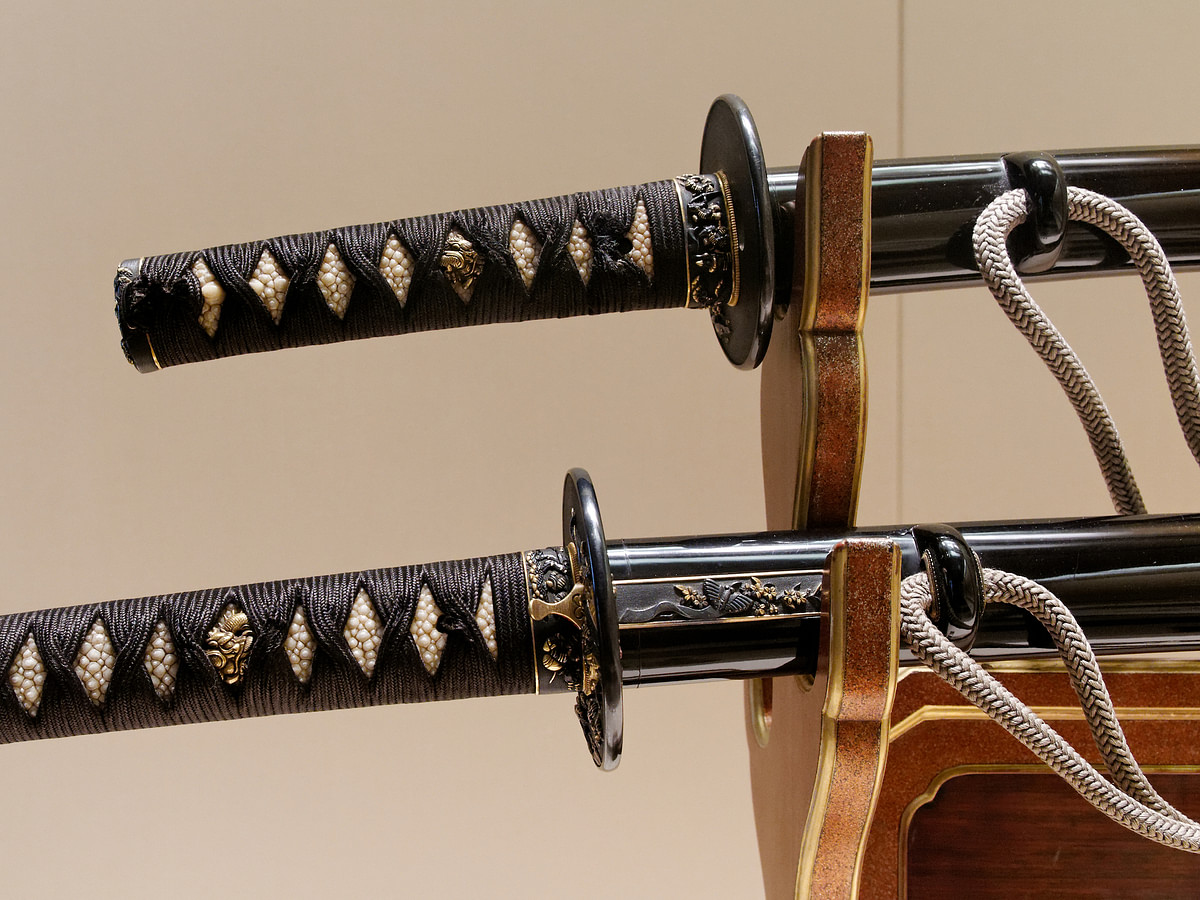Katana craftsmanship stands as a timeless testament to the convergence of artistry, tradition, and excellence. Rooted in centuries of Japanese heritage, the forging of these blades is a meticulous process that transcends mere craftsmanship; it embodies a spiritual journey, a pursuit of perfection that has been passed down through generations. The creation of a katana involves a delicate dance between master swordsmiths, their hands deftly manipulating raw materials into a weapon that is not only unparalleled in its sharpness but also a symbol of honor and discipline. The heart of the katana lies in its steel, carefully chosen and folded repeatedly to remove impurities and enhance its strength. The blade, once forged, is then quenched in water, a ritualistic baptism that tempers the metal, giving it resilience and an unmistakable razor edge.

The curvature of the blade, known as the sori, is carefully calculated to ensure balance and grace in both form and function. The crafting of a katana extends beyond the blade itself, encompassing the hilt, guard, and scabbard. The handle, or tsuka, is meticulously wrapped in silk or leather, not merely for aesthetic purposes but to provide a secure grip for the swordsman. The guard, or tsuba, is not just a decorative element but serves to protect the hand during combat. Even the scabbard, or saya, is crafted with precision, designed to house the blade securely while allowing for swift and fluid draws. Each component of the katana is a work of art in its own right, reflecting the dedication of the craftsmen to both form and function. The philosophy behind katana craftsmanship goes beyond the physical attributes of the blade; it delves into the ethos of the warrior, the Bushido code. Forging a katana is not just a technical skill; it is a spiritual journey that demands discipline, patience, and a deep understanding of the symbiotic relationship between the sword and its wielder.
The swordsman’s connection to the katana is sacred, and the forging process is a meditative ritual that instills a piece of the artisan’s soul into the blade. Each katana becomes a unique expression of the craftsman’s artistry and the warrior’s spirit, embodying the principles of honor, loyalty, and self-discipline. In a world driven by technological advancements, the craftsmanship of katanas endures as a testament to the beauty and significance of tradition. These blades, steeped in history and culture, are not just weapons; they are symbols of a bygone era, where the mastery of a craft was a lifelong pursuit and where the creation of a sword was an art form that transcended the battlefield. The legacy of katana craftsmanship lives on, blades of honor forged in tradition and excellence, reminding us of the timeless allure and enduring power of a weapon that is more than the sum of its parts.